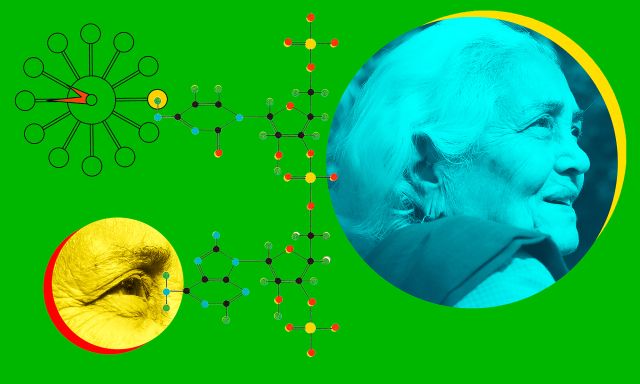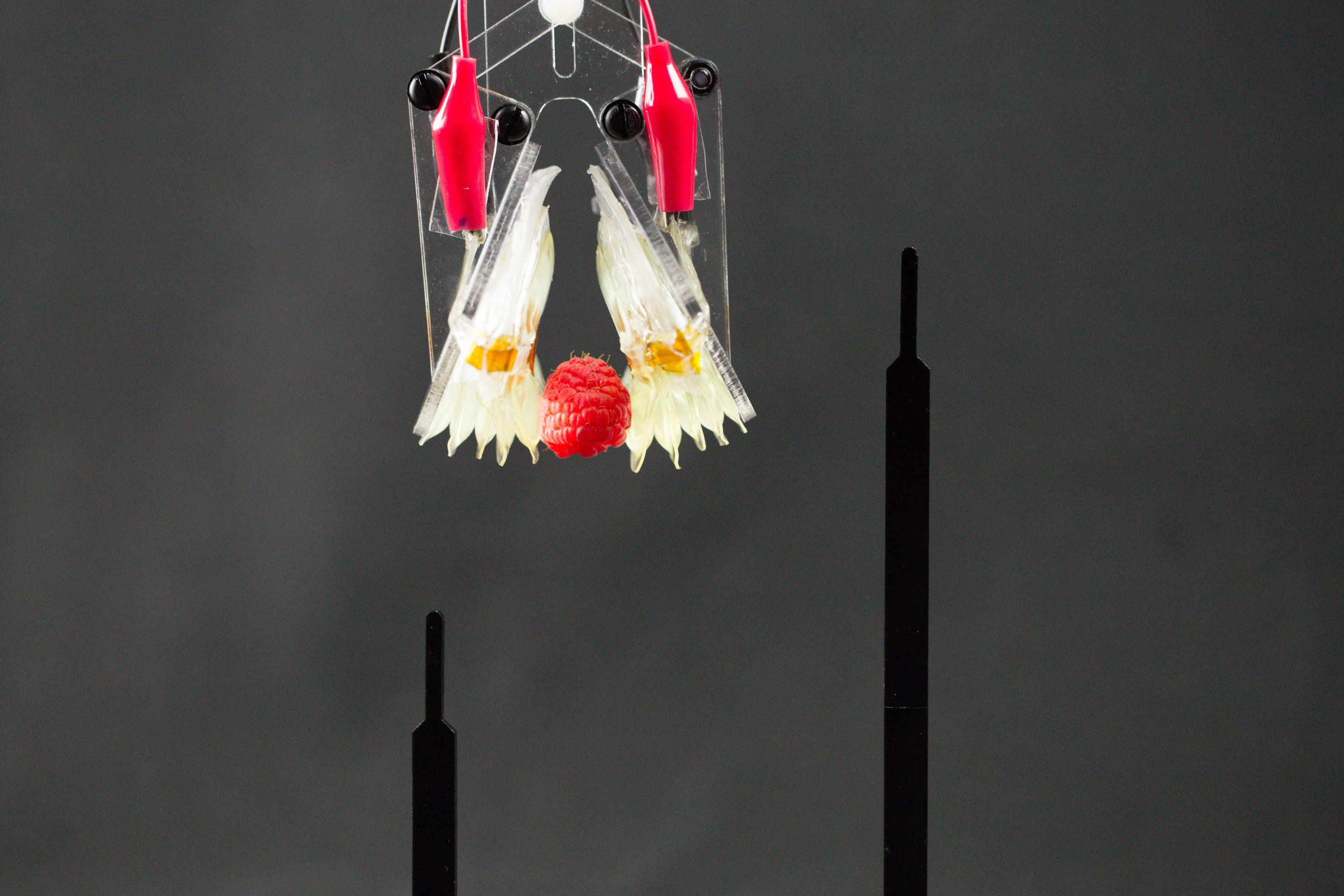Today, we have a new paper that discusses how induced pluripotency and cellular senescence, two of several possible cellular states, share similarities[2]. It is likely no surprise that the two states are closely related and that some of the mechanisms for one process are shared by the other. It appears that certain key signaling molecules are important in determining both cell fate and senescence.
Controlling cell behavior in living animals
As our understanding of guiding cell fate grows rapidly by the passing year, it has huge implications for therapies that seek to control cellular activities and encourage certain types of cells to be created. Research is now starting to move beyond the petri dish and to where cells are being programmed in situ in living animals.







